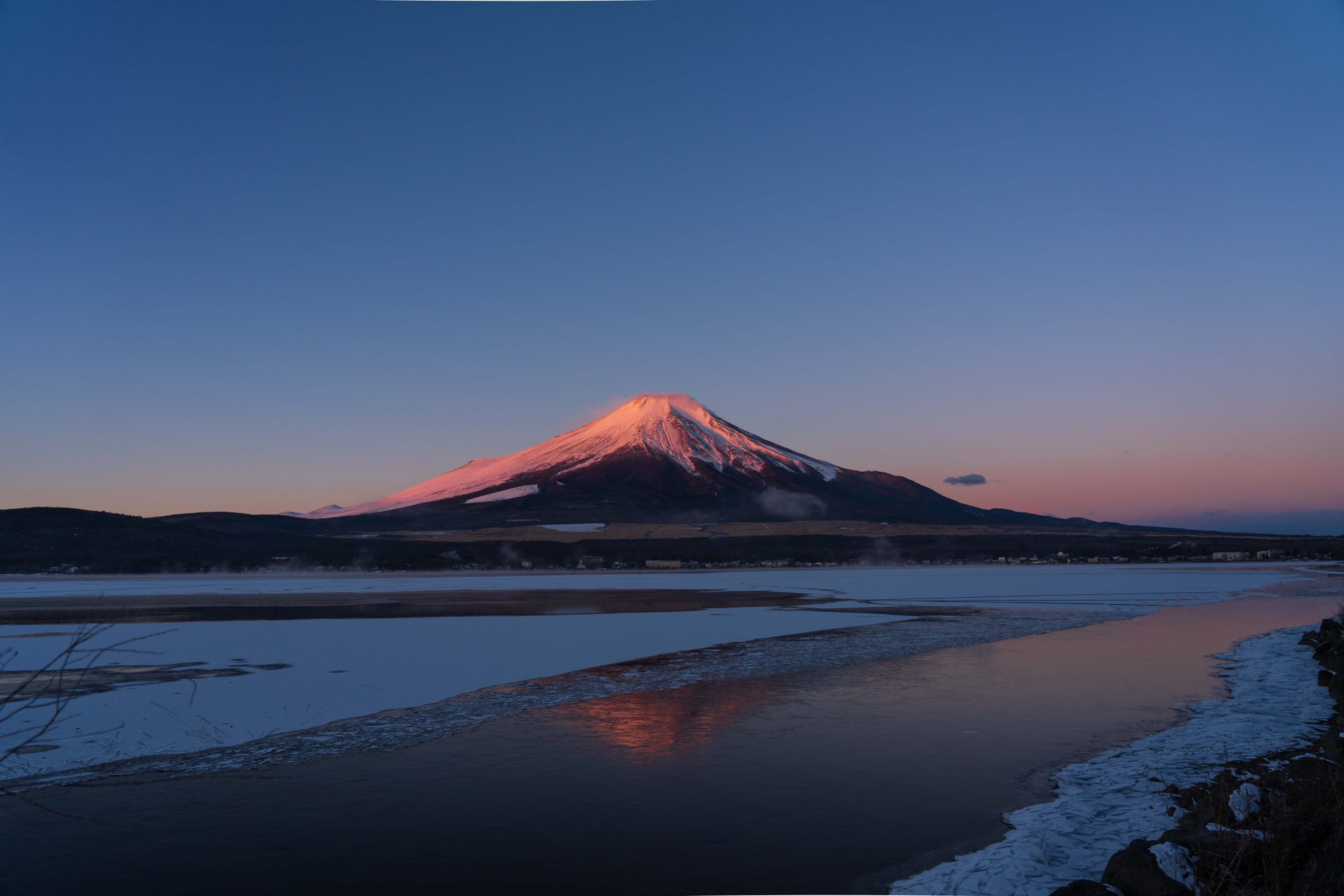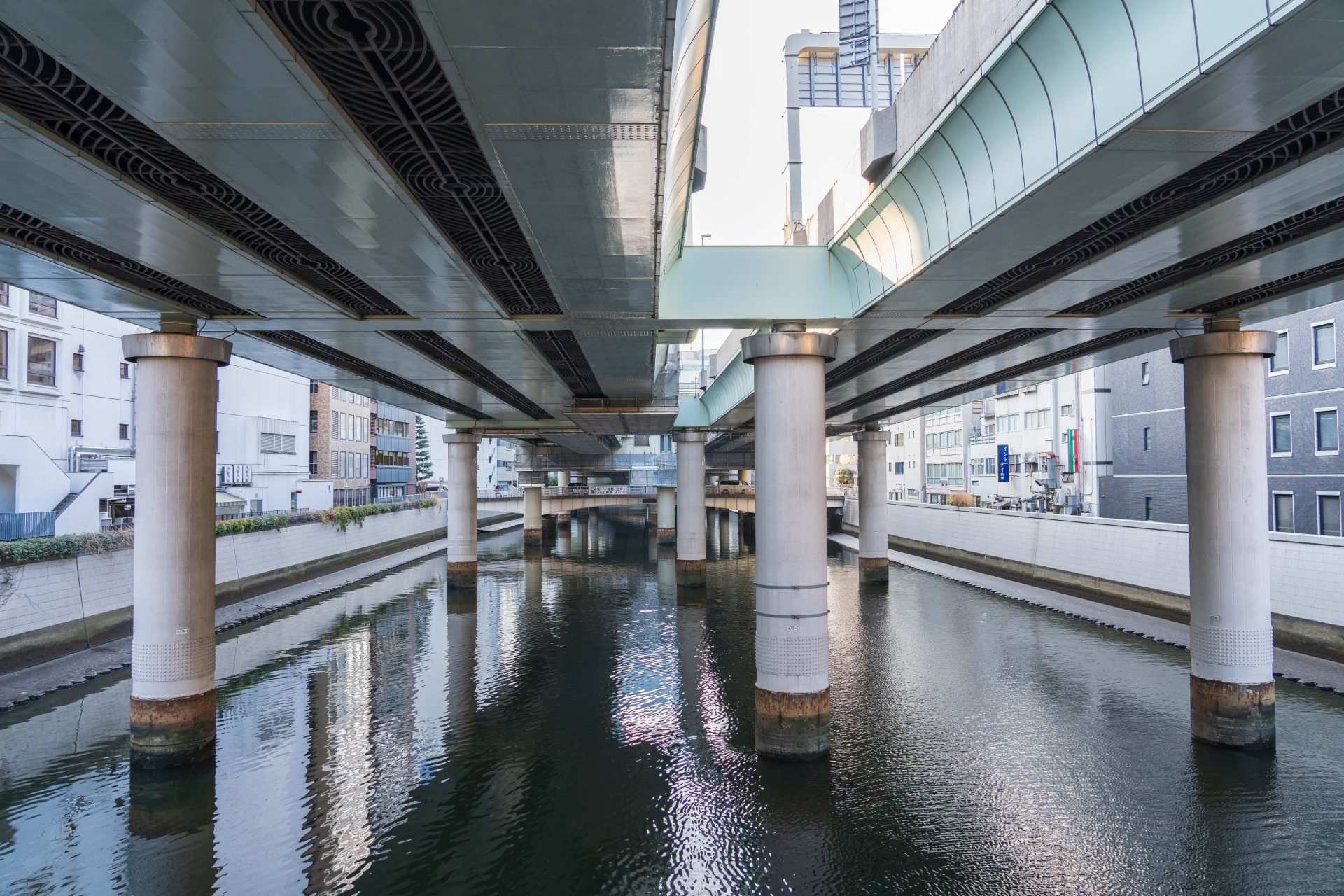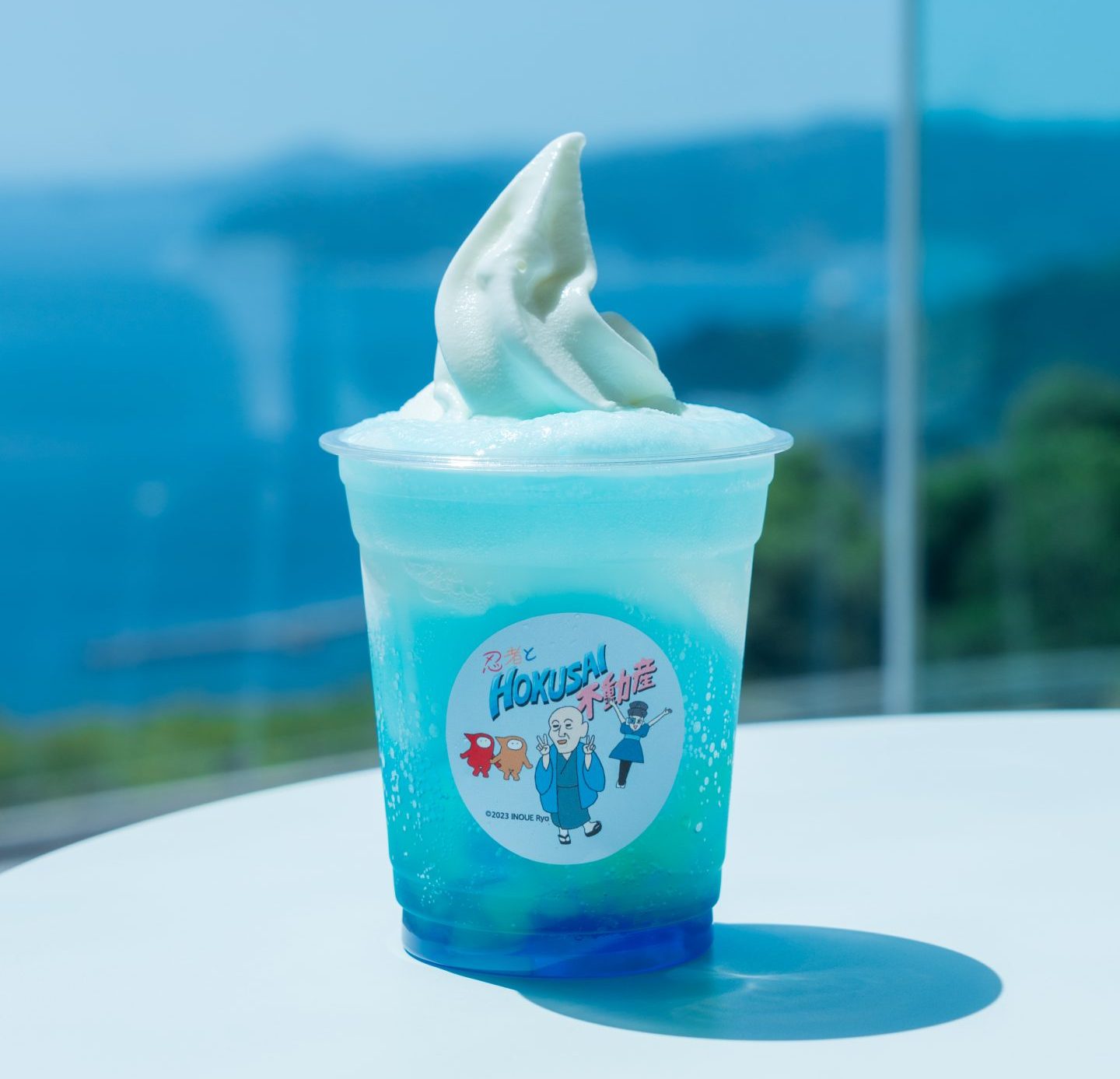北斎 The Great Wave × Digital

葛飾北斎(1760-1849)の代表作として知られる「冨嶽三十六景」を「北斎 The Great Wave×Digital」と題して、デジタル技術を活用した新しい角度で展観します。 「冨嶽三十六景」は富士の周辺を廻って様々な場所、様々な距離から生き生きと働く庶民の姿と共に描かれたのが特徴です。「東京今と昔」は当時の江戸の風景と現在の風景写真とを対比して展示します。また「神奈川沖浪裏」は「グレート・ウェーブ」として欧米で有名で、フランスの作曲家クロード・ドビュッシーが1903年から1905年にかけて作曲した管弦楽曲『海』初版の表紙デザインに大きな波の部分が用いられ、その影響の大きさが知られます。 また大胆で奇抜な構図も本シリーズの特徴です。大きな桶を通して富士を望む「尾州不二見原」、東都浅草本願寺に見られる寺院の屋根と富士の三角形の相似形などは北斎ならではの機知に富んだ構図です。当時ドイツから舶載された合成顔料のベロ藍で描かれた藍摺絵は、近年の研究で、本シリーズ中の初期の作品と指摘されています。 NHK Eテレ『びじゅチューン!』で著名な現代アーティスト・井上涼さんによる新作アニメーションも上映します。併せて当館のデジタル技術で「冨嶽三十六景」を投影、「北斎漫画」の諧謔的な人物をアニメーション化しました。現代のテクノロジーと190年前の北斎版画のコラボレーションをお楽しみ下さい。
葛飾北斎について
<宝暦10年(1760)〜嘉永2年(1849)>
北斎は、宝暦10年(1760)、江戸本所割下水に生まれました。若くして木版彫刻の職を得た後、絵師を志し、安永7年(1778)に勝川春章(1726〜1792)に入門しました。春章の没後は勝川派を離れ、狩野派、土佐派、琳派、洋風画など諸派の画法を学び続けました。北斎、戴斗、為一、卍など、生涯に三十数回の改名を繰り返しつつ、その度に画風を変化させています。90年の生涯で、読本挿絵、肉筆画、『北斎漫画』に代表される絵手本、「冨嶽三十六景」をはじめとする風景版画等数多くの作品を制作しました。
冨嶽三十六景について
葛飾北斎の「冨嶽三十六景」は、江戸後期の旅や行楽への関心の高まりや、当時の富士信仰の盛行を背景に、天保2年1831頃より西村永寿堂から刊行されたシリーズものです。これらは、まとめて一時に刊行されたのではなく、数年にわたり断続的に制作されと考えられ、最初に出版された36図に、好評につき追加出版された10図を加えた全46図からなります。三角形や円などの幾何学形を用いた斬新な構図や遠近法によって、富士を、場所、時間、季節を変化させて描き分けています。また、西洋から輸入された「ベロ藍」と呼ばれる化学顔料の鮮やかな発色を効果的にいかしています。北斎はそれまでにも東海道絵や名所絵など、風景を扱った作品を幾つも手がけていましたが、「冨嶽三十六景」は、風景そのものを主人公とし、浮世絵風景版画というジャンルを確立させた記念碑的な作品です。
井上涼について

映像(アニメ/実写)、イラスト、漫画、インスタレーション、パフォーマンスなど幅広い制作活動を行い、作品の作詞、作曲、アニメ、歌を全て自身が手掛ける。金沢美術工芸大学卒業。NHK Eテレ番組『びじゅチューン!』制作、毎日小学生新聞「美術でござる」連載。主な展覧会に「こどもと美術を楽しみたい!キラキラ、ざわざわ、ハラハラ」(横須賀美術館 2014年)、「マチルダ先輩と忍者合唱団」(アーツ千代田3331 2015年)、「井上涼のとらとらまごまご」(大原美術館 2016年)、「井上涼 忍者と県立ギョカイ女子高校」(兵庫県立美術館 2017年)、「井上涼展 夏休み!オバケびじゅチュ館」(霧島アートの森 2018年)、「トーハク×びじゅチューン!なりきり日本美術館」(東京国立博物館 2018 年)、「特別展 井上涼展 夏休み!BYOBU びじゅチュ館」(MOA 美術館 2019 年)、「井上涼展炎のアツアツびじゅチュ館」(MOA 美術館 2020 年)、「井上涼展 版画スリスリびじゅチュ館」(東広島市立美術館2021年)、「井上涼展 キラキラ☆ゴールデンびじゅチュ館」(MOA 美術館 2022 年)
主な展示作品

神奈川沖浪裏

山下白雨
尾州不二見原

甲州石班澤
凱風快晴今昔
凱風快晴
凱風快晴 現在
江戸界隈の風景今昔
江戸日本橋
江戸日本橋 現在
御厩川岸より両国橋夕陽見
御厩川岸より両国橋夕陽見 現在

井上涼さんによる新作アニメーション「忍者とHOKUSAI不動産」
オリジナルステッカープレゼント
MOA美術館Instagramフォローで、オリジナルステッカーをプレゼントいたします。お渡し場所は2階受付、3階受付、エスカレーター受付です。


新作アニメーション『北斎不動産』おすすめグッズ


期間限定スイーツ

ザパーンHOKUSAIソーダ 600円

なみうらソフト 600円
開催情報
| 展覧会名 | 北斎 The Great Wave × Digital |
| 会期 | 2023年7月14日|金| – 2023年8月29日|火| |
| 休館日 | 木曜日 |
| 会場 | MOA美術館 |